Recently updated on April 17th, 2021 at 08:25 pm
If you haven’t set foot into the Chinese market yet, you may be missing out on one of the world’s largest economies with fast growing e-commerce and an extraordinary middle-class purchasing power. First, let’s take a look at the Chinese e-Commerce market and understand why we said that you couldn’t miss the golden chance of sell online to China.
Why Foreign Companies Can’t Miss Out on Chinese Market
The e-commerce sales in China in 2020 totaled at a second to none amount of $2,296.95 billions, almost three times of the second place US. Moreover, it’s estimated to embrace another mighty boost of 21.0%, reaching a total of $2,779.31billions in 2021.
It’s not only the overall spending on e-commerce that’s promising in China, but also the steadily growing middle-class purchasing power every year.
Doesn’t it sound appealing to you? Whether you’re an online store owner or a marketplace seller, there’s a lot of potential you can tap into the Chinese market.
It can be quite challenging for foreign companies looking to enter Chinese market. Differences on legal regulations, cultural practices and consumer behavior make it a steep learning curve. However, making efforts to overcome the challenge can turn out to be a deal marker and a key to the Promised Land of e-commerce.
But how to get a slice of the pie? In this guide, BIG Team will walk you through the basic knowledge you should know while entering Chinese consumer markets.
Content
- Chinese Consumer Behavior
- Setting up a Chinese Company (WFOE)
- Hosting Your Website in China (ICP License)
- China E-Commerce Platforms
- Taobao
- Tmall
- JD
- Pingduoduo
- VIP
- Chinese Online Payment System
- Alipay
- Wechat Pay
- Social Media Marketing
- Douyin (Chinese TikTok)
- Xiaohongshu (Red)
- KOLs
Chinese Consumer Behaviour Analysis
The consumer behavior in China has undergone significant changes over the past few decades due to tremendous structural changes in Chinese society and improvement in economy. The skyrocketed GDP growth of Chinese economy over the past 30 years surpasses any other country in the world, thus, contributing to a tremendous increase in middle-class.
The market can be quite complicated as different generations and regions have different needs and may experience different trends. Understanding the mindsets of Chinese consumers is the key to entering China e-commerce market.
Understanding Chinese Consumer Behaviour from Generational Perspective

Chinese Consumer Behaviour – Generation X 
Chinese Consumer Behaviour – Millennials 
Chinese Consumer Behaviour – Generation Z
Generation X (1965-1980)
This generation grew up at the beginning of Reform and Opening Up policy, among political upheavals and constant changes, as a result, they’re more accustomed to saving a big portion of their incomes for raining days.
There’s strong division between the traditional and modernized Generation Xers. Those with higher incomes are more willing to spend on premium products, travel and entertainment. They tend to spend more money on their children like investing on their education or providing them with better allowances. However, this generation in general tend to save while their wealth accumulated is usually spent by the younger millennial or Gen-Zers.
Millennials (1981-1996) – The Biggest Purchasing Power
This generation has often been associated with the terms “Little Emperors” or “Little Empresses” as they’re born under One-Child policy and they’re usually terribly spoiled by the older generations as the only-child in the household. Hence, it leads to a strong sense of entitlement that they deserve better quality goods and services.
Opposite to their parents, the Millennials tend to spend most of their money on products and services rather than saving.
They’re the biggest purchasing power in Chinese e-commerce, and they’re more likely to participate on social media platforms, purchasing goods through e-commerce platforms as well as spending on experience and luxury goods.
Generation Z (1997-2002)
Generation Z is the least likely to save and the most likely to spend out of all generations. Many also use credit cards to fund their purchasing.
This generation is the most addictive to technology and follow the latest trends. Their purchasing behaviour is very impulsive and driven merely by social media, for instance, impulsive purchase upon watching a video by their favorite KOL.
Key Features of Chinese Consumer Behaviour
# Brand Conscious
Chinese consumers are willing to pay for luxury brand names like Gucci, LV that would help them keep FACE and represent social status.
# O2O Shopping
Young generations are more prone to accepting and trying new things especially new way of shopping. Some brands have integrated various platforms and marketing channels to engage their audience like Online to Offline shopping. For example, some fashion brands have put their smart display devices in shopping malls where consumers can just stand in front of the display, choose the clothes and put them on.
# Women Power
Women hold up half the sky.
– Mao Zedong
China has the biggest number of self-made female billionaires in the world, and even when it comes to household consumption, women usually have complete control over the households’ finances and are purchasing decision makers. Here’s a report from Newswire about female power in China Entrepreneurship in China: The Rise of Female Billionaires
Although Chinese women have maintained this role for a number of decades, Chinese women are becoming more and more independent representing an opportunity for brands across China.
# Respect for China and Chinese Culture
For any foreign brand that wants to make money from China, the first thing they should bear in mind is always respecting the country that provides you the opportunities. A textbook example of advertisement fail is without doubt the Dolce & Gabbana’s advertising chopstick campaign in 2019 that lead to the brand being boycotted in China and the recent boycott of H&M, Nike and Adidas.
# Purchase through Trusted E-commerce Platforms
Different from the west that many consumers purchase via the brands’ official websites, the consumers in China tend to trust more and made their purchases over ecommerce platforms like Taobao, JD, etc.
# Love Discounts and Promotions
# Regional Differences
The consumer behaviour in China varies a lot from north to south, from first/second tier cities to third/fourth/fifth tier cities. Launching dynamic marketing campaigns based on regional differences is a more efficient, targeted approach.
Setting up a Chinese Company
If you’re a foreigner planning to register a Chinese company, there’re several kinds of options regarding types of company, but the most preferred one is WFOE (Wholly Foreign Owned Enterprise), and next is Joint Venture. Both of these two options have their pros and cons, and it’s imperative to do your research before going into the deal.
Hosting Your Website in China
Setting up a China-hosted website is vital for marketing purpose, and it also serves a bridge to connect with your Chinese consumers. However, China has a list of regulations over the users of internet and online sellers. It’s vital to know the regulations before you lead.
Can you set up a China-hosted website for online sales?
Different from the west where consumers tend to purchase directly from brands’ websites, the sales in China are usually through storefronts of trusted third-party e-commerce platforms. The common practice is to set up a China-hosted website for marketing and information purpose, then drive traffic to your storefront on various e-commerce platforms that are used in China.
If you don’t want to deal with the complexity of China-hosted website, a simple way out is to add a Chinese language version subdomain (.cn) to your main domain. But it might be blocked by the Great Firewall in China or with terrible user experience since page load speed tends to be very slow wıth the hosting in other countries.
ICP License
ICP filing is required for a China-hosted website. You can apply for the filing with the authorities and the website will be issued an ICP number once it’s approved.
Benefits of ICP Filing
# Your site would not be blocked by China’s firewall
# Better user experience as your website is hosted locally with faster loading speed
# More search engine (Baidu is the default search engine in China) friendly since Baidu usually ranks listings from China-hosted websites
# More credibility to consumers with a .cn domain
China E-Commerce Platforms – Sell Online to China
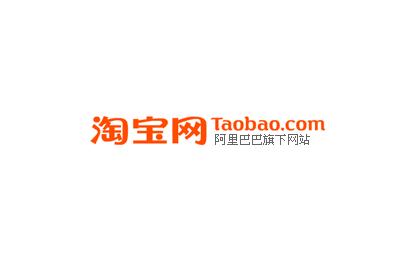
Taobao – Sell Online to China 
TMall 
Pingduoduo 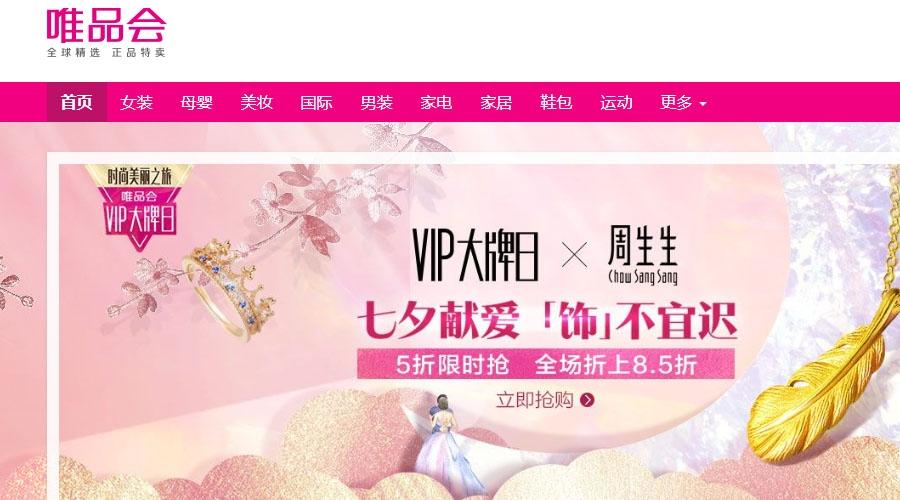
VIP – Sell online to China 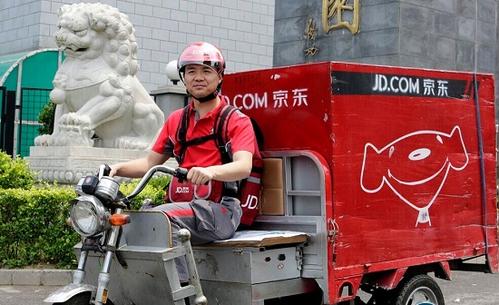
JD – Ecommerce Platform in China
Taobao – Sell Online to China
The pioneer in e-commerce in China, you can find virtually anything on taobao, hence the name “The Magical Taobao”.
Tmall
Tmall is a grander version of Taobao, both belonging to Alibaba. Most sellers on Taobao are small, individual sellers, while those on Tmall are usually brands, medium and big sellers.
JD
Focusing on consumer electronics at the beginning, now JD sells a vast span of products from electronics to beauty cosmetics to food.
Pingduoduo
A mainstream affiliate and group buy app where consumers get discounted prices if several people buy the same product together.
VIP
Focusing on cosmetics and fashion brands at the beginning, now they also sell a huge variety of goods in diverse categories from fashion to electronics to household products.
Chinese Online Payment System
Alipay and Wechat Pay are the two mainstream e-payment methods in China. Sending or receiving money via Alipay and Wechat Pay is simply a breeze. Just scan the QR code for receiving money or paying, the payment will be done instantly. They’re also integrated into the e-commerce platforms.
How to Apply for Alipay/Wechat Pay?
Just join the e-commerce platform as seller and apply for the payment gateways with following information:
– Business License
– Business bank account
– An Alipay or WeChat pay developer account, app ID, and WeChat pay function
– A local web developer to integrate payments into your app, WeChat store, etc
Social Media Marketing – Sell Online to China
Ranked as the top social network in China, Wechat is also known as “weixin”. Here’re some key features of Wechat.

Wechat 
Wechat Shop 
Wechat Mini Program 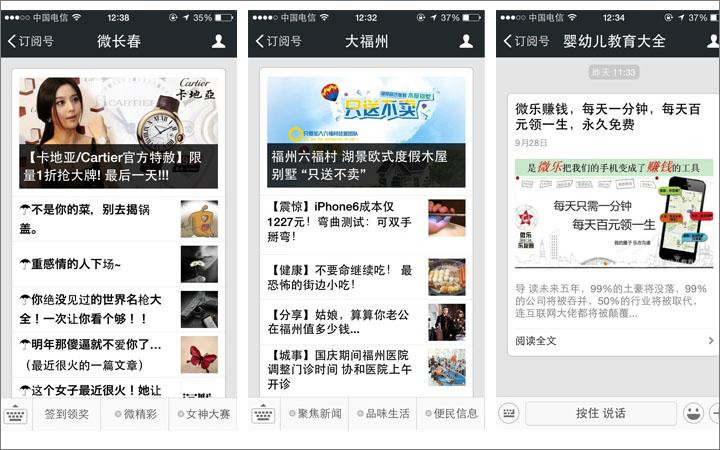
Wehcat Official Account
# Instant Messages
# Digital Payment: From shopping malls to street vendors to taking taxis, you can pay for virtually everything almost everywhere in China as long as you have a bank account linked to your Wechat.
# Wechat Shop: Users can access Wechat Shop easily and have “one-click-payment” via Wechat Payment. You can build a well-designed Wechat Shop with third party eCommerce platforms, and it’s completely free.
# Mini Program: Sub-applications within the Wechat ecosystem.
# Official Account: Allows brands to reach out and engage their consumers, and increase brand awareness. There’re two types of Wechat official accounts: service and subscription.
# Wechat Advertisement: The commonly used one is Moment Ads that would appear within the Moments section of targeted audience.
Launched in 2009, Weibo is a can’t miss social media platform in China for companies seeking to reach a bigger audience, expand their followers and advertise their products.
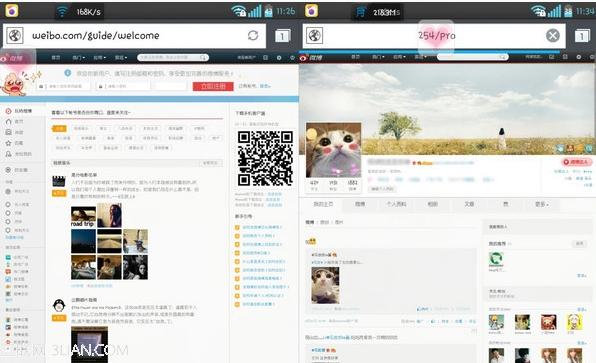
Weibo 
Douyin 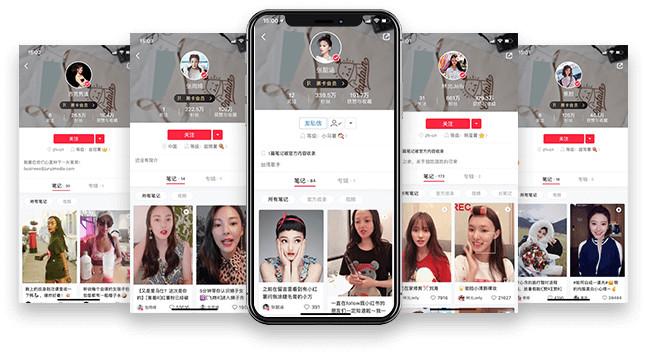
Little Red Book 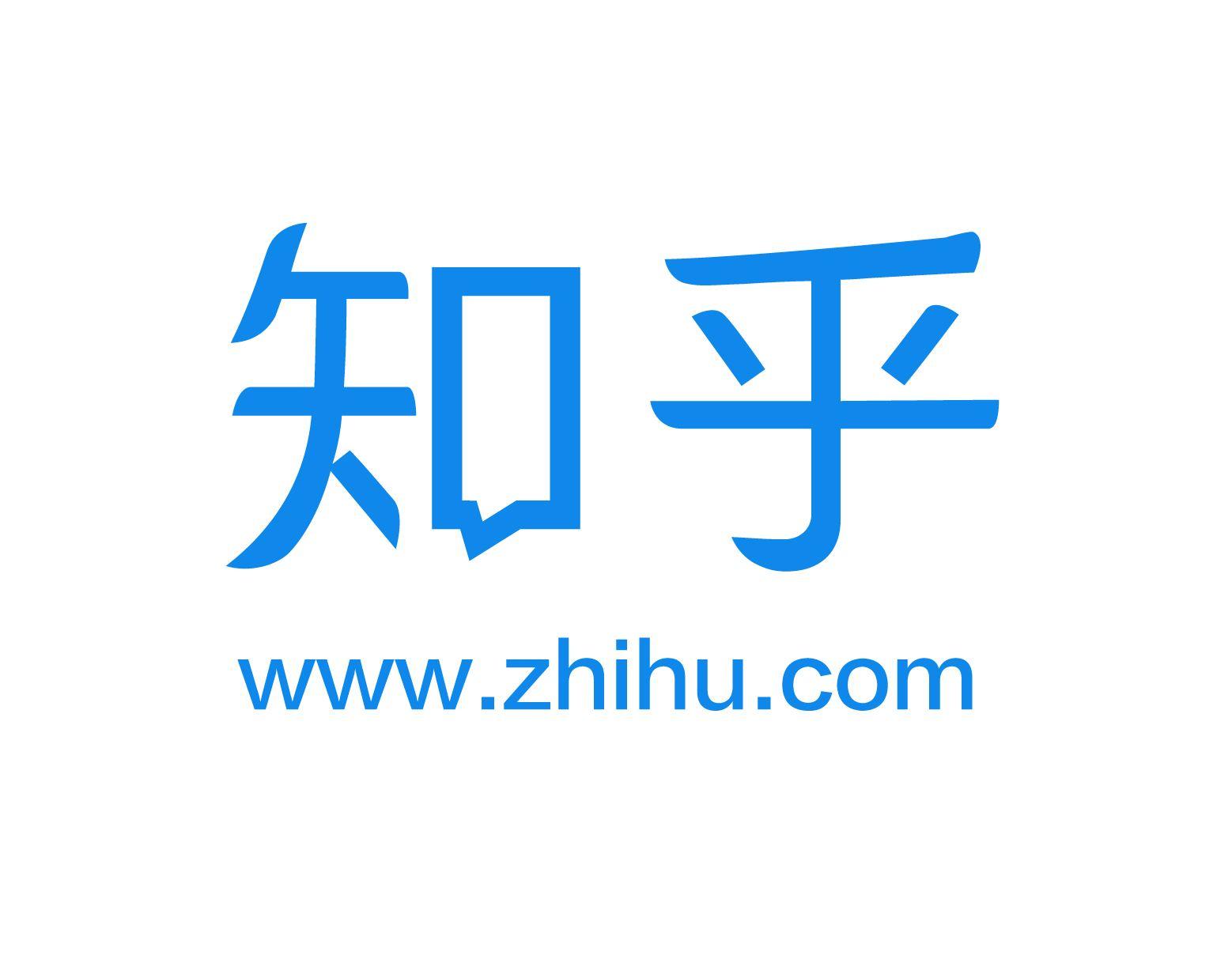
Zhihu 
KOL Marketing in China
Douyin (Chinese TikTok)
In recent years, short video has been a hit for sharing content all around the world. Incorporated with numerous video editing tools that stimulate the creativity of the users who love to generate content, the Chinese version of TikTok – Douyin has swiftly gained dominating place in social media marketing in China.
Xiaohongshu (Red)
Also known as Little Red Book or Red, Xiaohongshu has a higher level of younger generation users, with better education, higher incomes, and more digital savvy.
Zhihu
A question-and-answer website, the Chinese version of Quora that needs no introduction if you’re a familiar user of platforms like Quora, Reddit.
KOLs
To reach a broader audience and gain reputation, it’s vital to get positive word-of-mouth from Key Opinion Leaders. Chinese consumers tend to idolize KOLs, trusting them more than the brands. Intermediaries like KOLs can be a great asset for foreign companies selling to Chinese consumers.
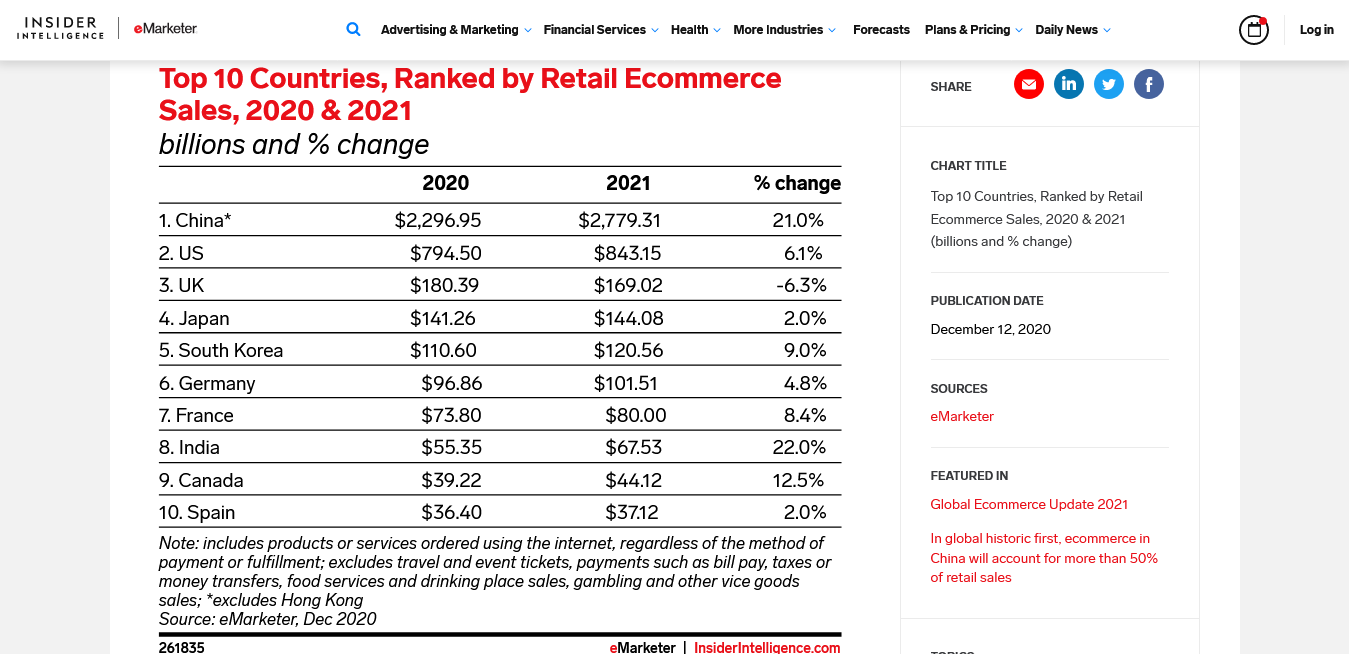
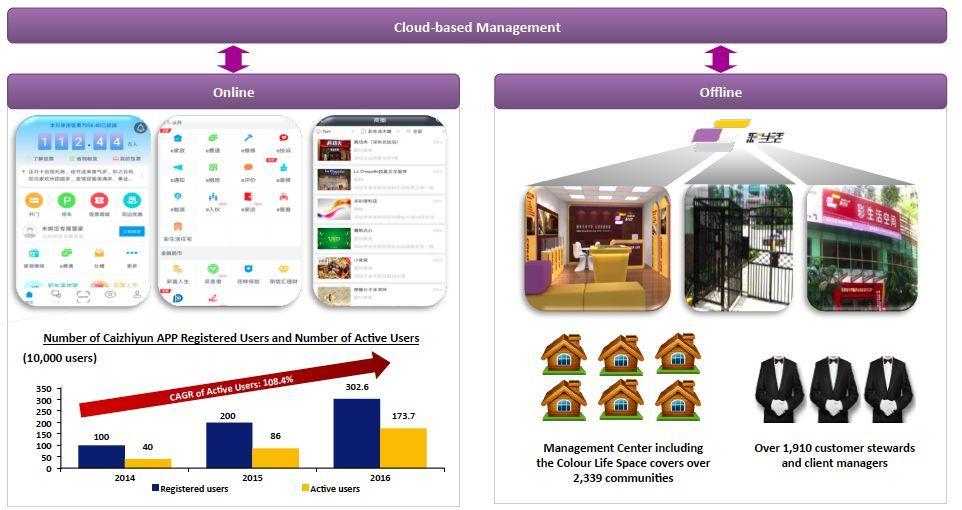


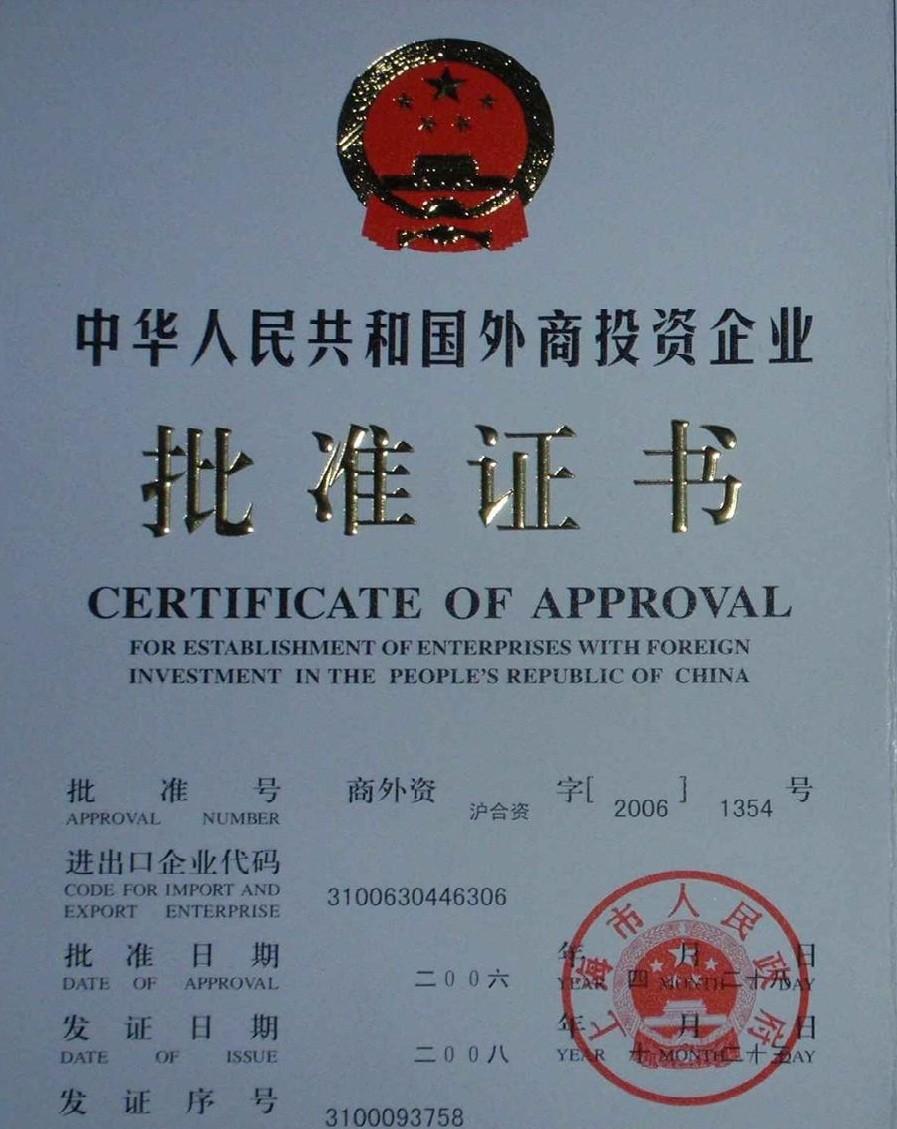
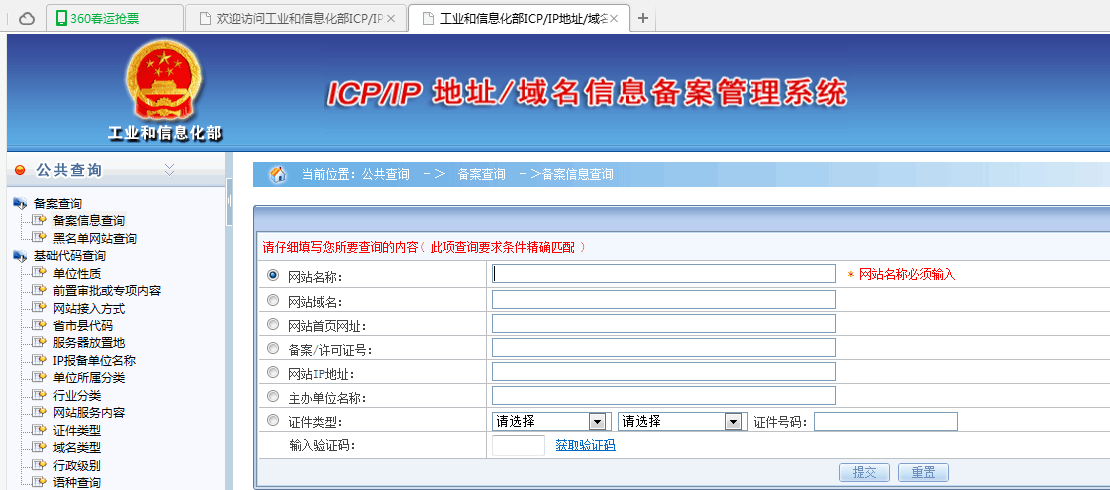
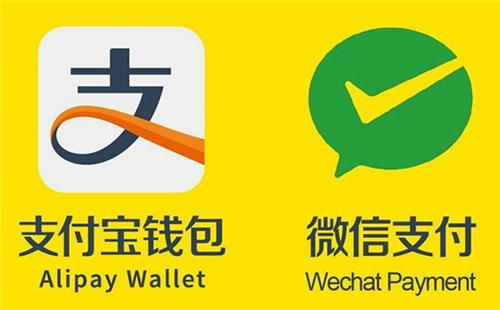

Leave a Reply